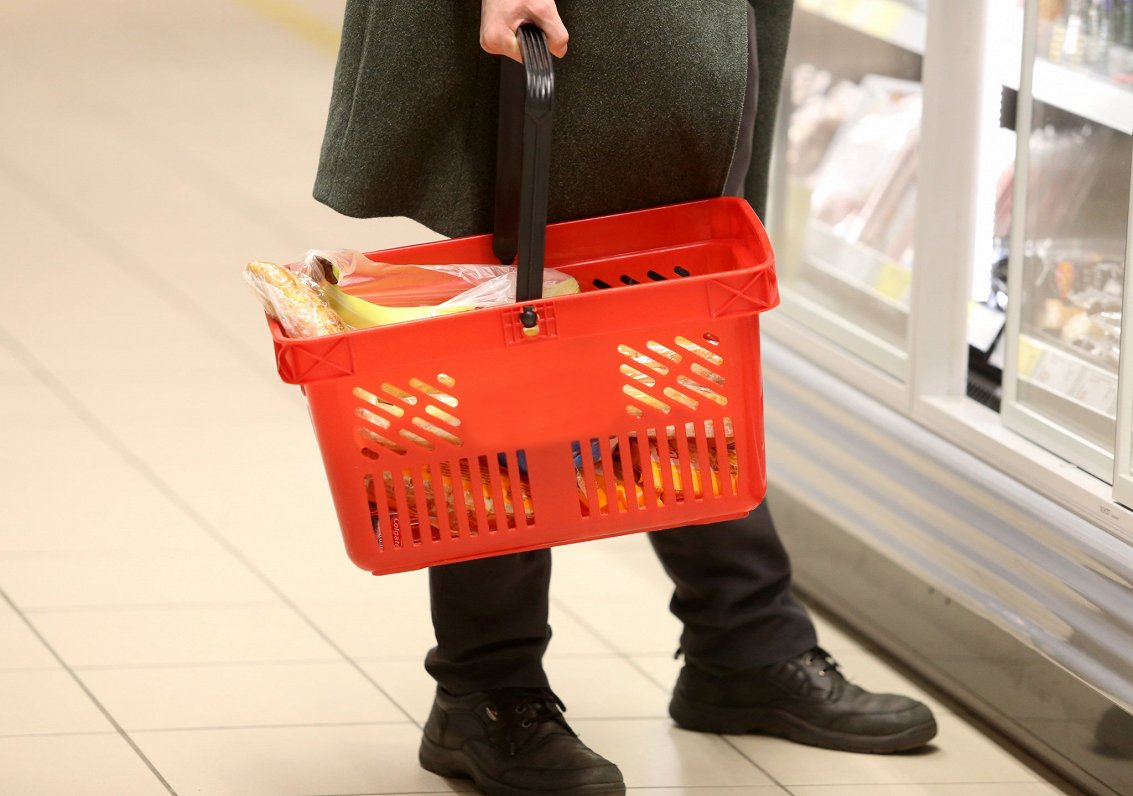By indicating the country of origin of a product on the price tag or next to the product – often by means of a small flag – buyers can now see better in which country any particular food product was produced.
Some shoppers seem surprised that their assumptions about where their food comes from turn out to be inaccurate. This usually relates to well-known traditional ‘Latvian’ brands that might no longer be quite as Latvian as they once were.
In order for buyers to receive information about the country of production of a food product more clearly, from September last year, traders must indicate on product price tags in writing or with a flag image, the country in which the food product was produced. If the product was produced in the aggressor country Russia or Belarus, this must be indicated only in writing (i.e. minus the flag).
When examining store shelves, it is clear that many typically ‘Latvian’ products are made elsewhere. For example, Laima’s “Prozit” candy is now made in Estonia, “Spilva” cucumbers are made in Turkey, while “KOK” gherkins are produced in Ukraine, Poland, and Vietnam.
Ināra Šure, Chairwoman of the Council of the Federation of Latvian Food Enterprises, explained that companies choose to produce their products elsewhere due to various circumstances, one of which is costs:
“[You have to look] at which country you can produce things more cheaply and more efficiently. And in this case, you look not only at labor costs, but also at energy costs, logistics costs. In fact, you evaluate all expense items. And then it’s very easy to make a decision. [You also evaluate] the tax system.”
She also pointed out that the process takes place in both directions – international companies are also placing the production of certain products in Latvia.
Laura Bagāta, a representative of the major “Orkla Latvija” food producer explained:
“One of our production plants in Latvia is a biscuit and waffle factory… This means that huge investments have been attracted to Latvia and this factory, which is the most modern and innovative [in the Baltics], has been opened. We also produce biscuits in Latvia for Scandinavia and Estonia.”
The company also makes some products such as chocolate bars in Estonia.
Red flags
The Food and Veterinary Service (PVD) controls the country of origin regime in stores. From September 1 of last year to the end of December, the PVD has conducted more than 2,000 inspections in stores, markets, gas stations, kiosks and pharmacies.
There is still room for improvement, says Vineta Grīnberga, Head of the PVD Food Distribution Supervision Department:
“Information about the country of manufacture of the product is still not fully or partially provided… Or there were often cases when the store did not indicate the country of manufacture for promotional products. The service also found cases when the country indicated on the price tag did not correspond to the information provided on the label or accompanying documents. For example, cheese was indicated as [produced] in Latvia, but on the label – as produced in Bulgaria.”
The inspections also found that in some cases the instructions were not presented in a manner that met the requirements. The Food and Veterinary Service will not impose penalties for non-compliance until the end of February.
Later, supervision will become stricter, but the service stated that the goal is not to punish anyone, but to advise traders to comply with this requirement.
The Saeima amended the law in April last year, stipulating that from September 1, 2024, the country in which the product was produced must be indicated on or near price tags at food retail outlets.
The proposal to place flags of the countries of origin of a product on food price tags in stores, thus more clearly indicating where the product comes from, was initially made by the Minister of Agriculture Armands Krauze (ZZS). However, the plan was criticized by entrepreneurs and traders, indicating that it would be a disproportionate burden, and doubting that residents would recognize the flags of all countries. After debates in the relevant Saeima commission, the deputies decided to clarify the plan, allowing the country of production to be indicated also in writing.
Select text and press Ctrl+Enter to send a suggested correction to the editor
Select text and press Report a mistake to send a suggested correction to the editor
Tell us about a mistake
